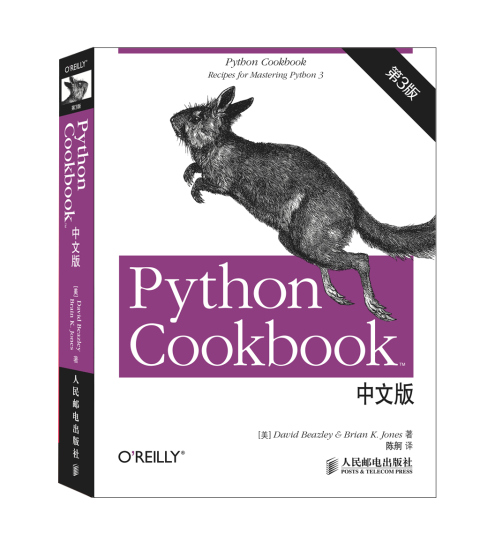Python Cookbook中文版电子书下载
1、概述
1.1 场景
我们在使用 Python 中的 方法 method 时,经常会看到 参数中带有 self,但是我们也没对这个参数进行赋值,那么这个参数到底是啥意思呢?
2、知识点
2.1 成员函数(m) 和 普通方法(f)
Python 中的 "类方法" 必须有一个额外的 第一个参数名称(名称任意,不过推荐 self),而 "普通方法"则不需要。
m、f、c 都是代码自动提示时的 左边字母(method、function、class)
# -*- coding: utf-8 -*-
class Test(object):
def add(self, a, b):
# 输出 a + b
print(a + b)
def show(self):
# 输出 "Hello World"
print("Hello World")
def display(a, b):
# 输出 a * b
print(a * b)
if __name__ == '__main__':
test = Test()
test.add(1, 2)
test.show()
display(1, 2)
2.2 类函数,静态函数
类函数一般用参数 cls
静态函数无法使用 self 或 cls
class Test(object):
def __init__(self):
print('我是构造函数。。。。')
def foo(self, str):
print(str)
@classmethod
def class_foo(cls, str):
print(str)
@staticmethod
def static_foo(str):
print(str)
def show(str):
print(str)
if __name__ == '__main__':
test = Test()
test.foo("成员函数")
Test.class_foo("类函数")
Test.static_foo("静态函数")
show("普通方法")
输出结果:
我是构造函数。。。。
成员函数
类函数
静态函数
普通方法
总结
以上所述是小编给大家介绍的Python self 参数,希望对大家有所帮助,如果大家有任何疑问请给我留言,小编会及时回复大家的。在此也非常感谢大家对谷谷点程序网站的支持!
如果你觉得本文对你有帮助,欢迎转载,烦请注明出处,谢谢!
转载请注明:谷谷点程序 » 详解Python self 参数
